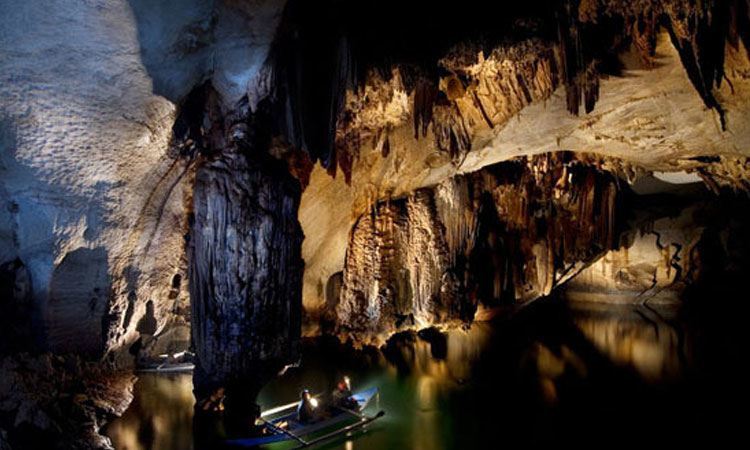The word tepui means "house of the gods" in the native tongue of the “Pemon”, the indigenous people who inhabit the Gran Sabana, in northern Amazon. This term indicates table-top mountains located in the north-east side of the Amazon forest.
Tepuis are unique mountains: square-shaped, wide summit surface limited by high vertical walls. Due to strong erosion some tepuis have the shape of huge isolated towers, up to 1000 m high. The landscape can resemble the Dolomites, though the dark colour of rocks and the thick vegetation surrounding them are absolute distinctive features.
Amongst the most outstanding tepuis the Auyan Tepui is one of the most famous one, on the border of Venezuela, Brazil and Guyana, due to the fact that here is the source of Angel Falls (Salto Angel), the world's highest waterfall, almost 1000 m high. Its surface exceeds 700 km2 and was our first target of explorations in 1993 and 1996.
Tepuis are wonderful mountains, often cloaked by clouds and mist. Rains are very frequent and waterfalls draw up an extraordinary and unique landscape. These mountains are the setting of Arthur Conan Doyle’s famous novel “The Lost World”. The author imagined a world that had not changed for 10 million years, where dinosaurs and Mesozoic plants survived. There seem to be no dinosaurs, but for sure the flora is one of the most incredible of our planet. Tepuis are the home of a unique array of endemic plant and animal species, some of which have not yet been catalogued. Each Tepui has distinctive features and is isolated from others by steep rock walls.







































